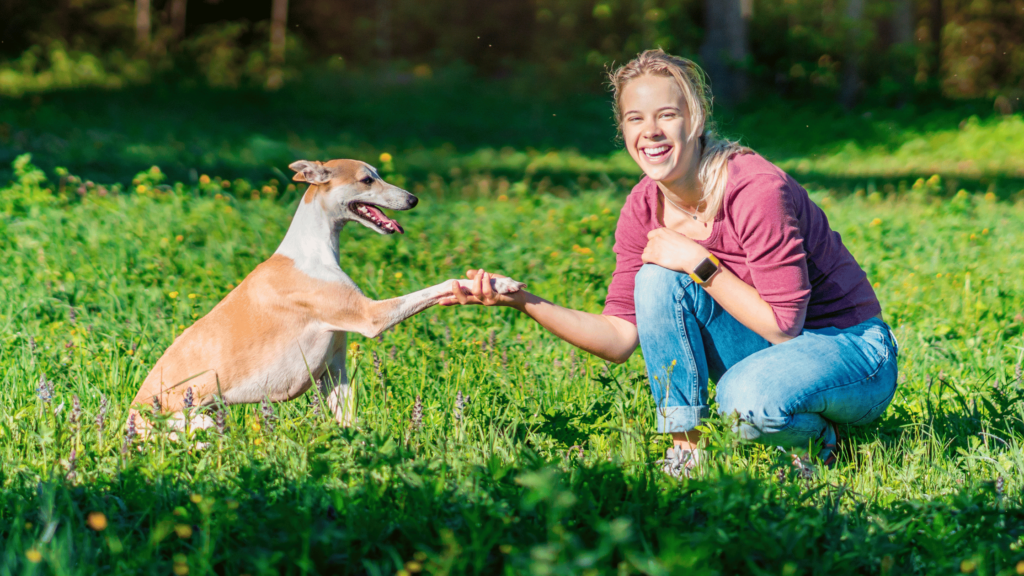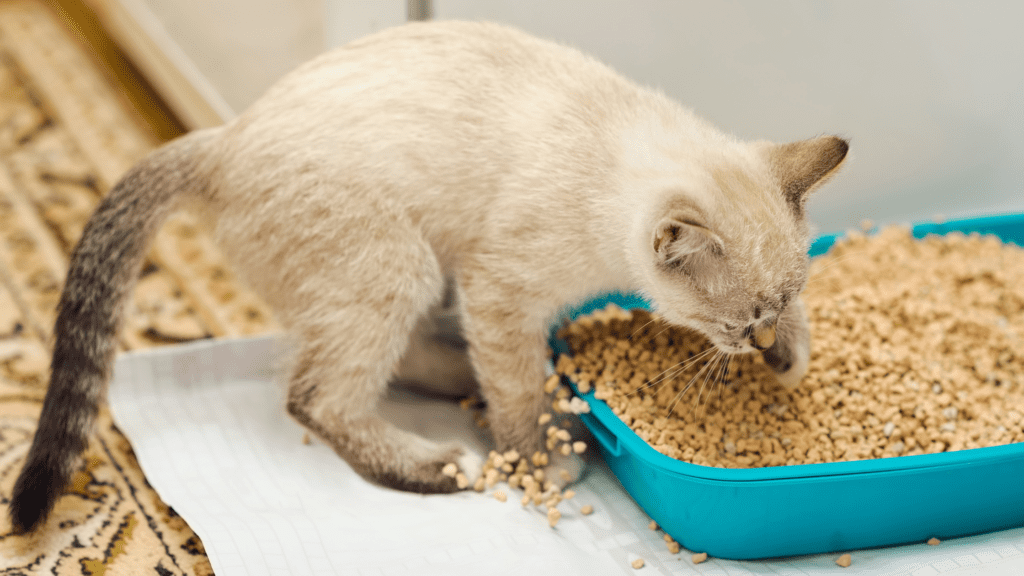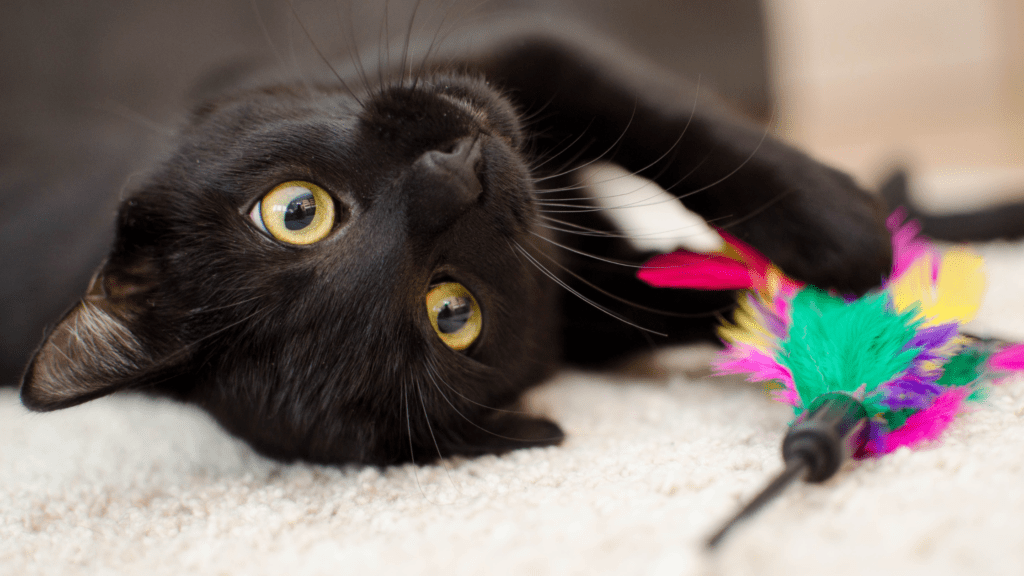Dogs are descended from pack animals, wired for social interaction. Just like humans, they thrive on positive experiences with others. Dog socialization involves exposing your furry friend to different environments, people, and experiences in a positive and controlled manner. This process helps them develop the necessary social skills to navigate the world around them.
It not only reduces the likelihood of behavioral issues such as aggression and anxiety but also promotes a happier and healthier life for your pet. Moreover, socialization lays the foundation for a strong bond between you and your dog, enhancing your relationship and mutual understanding.
This article will explore the numerous benefits of socialization and provide practical tips and techniques to help you successfully socialize your dog.
Why is It Important To Socialize Your Dog?
Imagine your dog confidently greeting new people at the park instead of hiding behind your legs. Socialization, introducing your pup to a variety of sights, sounds, and experiences during their early development, unlocks this happy reality. It builds their confidence, making them less fearful of unfamiliar situations and people. This translates to a calmer dog, less likely to exhibit anxious behaviors like barking or aggression.
Socialization also opens doors to a richer life together. You can enjoy worry-free walks, doggy playdates, and adventures without your dog feeling overwhelmed. Through positive interactions with various individuals and environments, dogs learn how to communicate effectively, express themselves, and navigate social situations with ease. In short, socialization is an investment in a dog’s happiness and a key to a strong, lifelong bond between you.
Benefits of Socializing Your Dog
Dogs are social creatures by nature. Proper socialization plays a crucial role in their development from puppyhood through adulthood. Socialization helps prevent behavioral issues such as aggression, fearfulness, and anxiety, ultimately leading to a happier, more balanced life for your furry friend. Here are some potential benefits to consider:
Reduce Anxiety and Fearfulness
Socialization exposes your dog to new sights, sounds, and experiences in a safer way. This desensitizes them to potential triggers, reducing anxiety and fear-based behaviors like excessive barking, whining , or hiding. Proper socialization helps dogs become accustomed to various stimuli, reducing the likelihood of anxiety and fearfulness in unfamiliar situations.
Improve Obedience and Responsiveness
Socialization isn’t just about greeting strangers politely. It also involves learning proper canine social etiquette. Playtime with other dogs teaches inhibition, appropriate play signals, and following social cues. This translates to a more obedient dog who listens better to your commands in any situation.
Enhanced Confidence and Adaptability
A confident dog is a happy dog. Socialization builds self-assurance by exposing your pup to new environments and people in a positive light. They learn to trust their surroundings and approach unfamiliar situations with a curious and calm demeanor, making them more adaptable to life’s adventures.
Better Relationships With Other Dogs and Humans
Socialization is all about communication. By interacting with other dogs and people, your pup learns proper social cues and canine body language. This fosters positive relationships with both humans and furry friends, leading to enjoyable doggy playdates and a more harmonious life for everyone.
Prevents Unwanted Behaviors
Fear often manifests as aggression. Unsocialized dogs might bark excessively, lunge at strangers, or act possessively due to anxieties. Socialization tackles these issues at their root by building confidence and reducing fear, preventing the development of unwanted behaviors, and promoting a calmer, more well-adjusted dog.
Techniques For Socializing Your Dog
Ever wonder how to socialize a dog? Well, it’s important to recognize that every dog is unique, and what works for one may not work for another. Remember to always prioritize your dog’s comfort and well-being, and never force them into situations that cause distress or anxiety. With these principles in mind, here are some effective techniques for socializing your dog:
1. Start Early And Be Consistent
The critical window for socialization falls between 3 and 12 weeks of age. This is when puppies are most receptive to positive associations with new experiences. Begin with short, positive interactions, like gentle petting from strangers or brief play sessions with calm dogs. Consistency is key. Schedule regular social outings and interactions throughout your dog’s development to solidify its confidence and comfort level.
2. Expose Your Dog To Various Environments
Don’t let your dog’s world be confined to your backyard. Take them on walks in new neighborhoods, visit pet-friendly stores, or hang out at outdoor cafes. Expose them to various sights, sounds, and smells they might not encounter at home, such as busy streets, traffic noises, or children playing. This helps them become accustomed to different stimuli and reduces anxiety in unfamiliar situations.
3. Introduce Your Dog To Different People and Animals
Socialization isn’t just about dog parks. Invite friends and family to meet your pup, allowing them to interact with people of different ages, genders, and appearances. Provide opportunities for your dog to interact with various types of animals, such as other dogs, cats, and smaller pets. This exposes your dog to proper canine etiquette, teaches them how to interact with other dogs, and fosters positive relationships with furry friends.
4. Use Positive Reinforcement Techniques
Positive reinforcement is the cornerstone of successful socialization. Reward calm and friendly interactions with treats, praise, or petting. This creates a positive association with new experiences and encourages good behavior during social interactions. Avoid forceful corrections or punishment, which can create negative connotations and hinder socialization. This approach also strengthens the bond between you and your dog, enhancing trust and cooperation in training.
5. Gradually Increase Exposure and Difficulty
Don’t overwhelm your dog. Start with brief interactions and gradually increase the duration and complexity as your dog gains confidence. Don’t force interactions — let your dog approach new people and animals at their own pace. For example, begin with short introductions on neutral ground, then progress to longer play sessions such as larger crowds, louder noises, unfamiliar environments, or visits to busier environments.
6. Supervise Interactions And Intervene If Necessary
Always supervise playtime with other dogs, especially during puppyhood. Watch for signs of stress or anxiety in your dog, such as whining, flattened ears, or a tucked tail. If necessary, gently separate the dogs and redirect your pup’s attention. End interactions on a positive note before any negativity arises to ensure successful and enjoyable experiences. Your presence and guidance provide reassurance and support during socialization.
7. Supervised Playtime
Supervised playtime with other well-socialized dogs is a fantastic way to socialize your pup. This allows them to learn proper canine etiquette through play, develop bite inhibition, and practice social cues. Look for dog and puppy socialization classes or doggy daycare facilities that prioritize positive interactions in a safe and controlled environment. Remember, supervision is crucial to ensure a positive experience and prevent potential conflicts.
Final Thoughts
Socializing your dog is an investment in its lifelong happiness and well-being. Be patient and consistent, and prioritize your dog’s comfort throughout the process. Make a dog socialization checklist, and it will be quite helpful if you arrange dog socialization classes with expert trainers and specialists. The rewards of a well-socialized dog—a calmer, more reliable, and loving companion—are worth the effort.
Frequently Asked Questions (FAQs)
How To Socialize an Aggressive Dog?
Socializing an aggressive dog is best done with a professional. Aggression can stem from fear or anxiety, and a trainer can create a safe, controlled plan to address the root cause. The dog needs to identify triggers, seek professional guidance, and gradually expose itself to controlled environments with positive reinforcement.
What are Signs of a Poorly Socialized Dog?
Fearfulness or aggression towards unfamiliar people or animals, excessive barking or growing in new situations, and difficulty adjusting to different environments or stimuli can also manifest as destructive behavior, such as chewing or digging, which may increase your dog’s stress or anxiety.
When Can Puppies Be Around Other Dogs?
Puppies can begin socializing with other dogs as early as 3-8 weeks after receiving their initial vaccinations. Keep these meetings short, positive, and supervised. Wait for all their vaccinations before enrolling them in dog parks or busier dog areas.
How To Socialize Your Dog With Humans?
Start with positive interactions. Invite friends and family to meet your pup for gentle petting and treats. Gradually introduce new people in different settings, like parks or cafes. Always reward calm and friendly behavior to build positive associations with humans.
How To Socialize Your Dog With Other Dogs?
Arrange supervised playdates with calm, well-socialized dogs. Start slow with short interactions and gradually increase the duration. Reward your pup for friendly play and watch for signs of stress.





